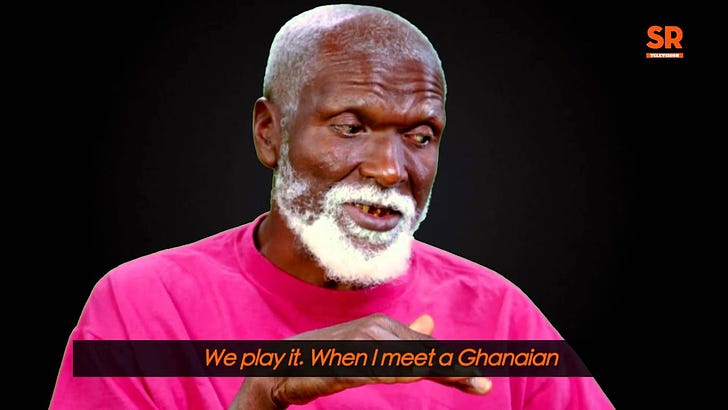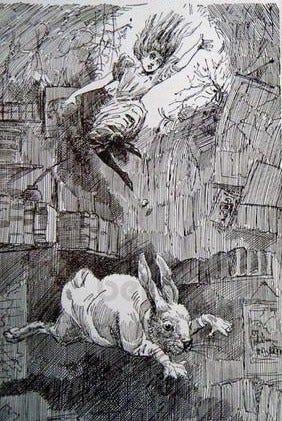The nonprofit work I’ve been doing has sort of overtaken everything, including my psychic and emotional space, for at least the last several weeks; I’ve found it difficult to focus on art. But my curiosity about the mancala/sungka games, in relation to art-making, continues. Below are some of my notes on those games, the study of which has become an Alice-falling-down-the-rabbit-hole kind of leap into history for me. I’ve included a few fun videos. I’m still learning, so please feel free to comment with corrections, questions, thoughts.
NOTES ON MANCALA/SUNGKA
Oulipo and OuPeinPo constraints, used to produce writing and art (respectively), led me to north African-based geomancy, whose rules and forms in turn led me to oware (which some say originated among the Akan people in Ghana) and mancala/sungka games (found in Southeast Asia, South Asia, and the Philippines). All three games are very similar. Certain aspects of the games seem related to geomancy, although this is speculation on my part; they began, similarly, as small indentations or pits dug into the earth, which were used (and still are in northern Africa and Islamic countries) to produce results for divination, or into which seeds or pebbles are placed for games.
“Oware” or “warri“ (meaning “marriage” but also “unity” in a larger sense) has been played in villages in Africa (esp. in Ghana and Nigeria) as a way to help bring unity to the people; spectators are considered “players” to some degree, because their comments and suggestions are welcome.
Oware, mancala, and sungka are types of games that travel across linguistic and cultural borders (Alex de Voogt). Interesting to me is how the games are globally dispersed through patterns of migration. While based originally on small pits dug into the earth, the games eventually became portable, the “pits” carved into wooden boards that could be carried around. They have helped to bond people who were away from their homes and families, sometimes through slavery or various forms of indentured servitude, as well as migration for labor undertaken by choice or necessity, usually to provide for family. The Philippine sungka board has a “boat” shape that is resonant with Philippine maritime culture and its migrating workers.
Jawara speaks about the Afro-Caribbean connection:
Oware History, by MSfn games:
How to play Sungka, presented with much wit and goofiness by Claire and Chelsea:
How to play Mancala (Just Desserts):
FIVE GOOD THINGS
Six Playful Constrained [Oulipo] Writing Projects. Some interesting published examples.
How and what does your body feel in relation to social change (as well as anything else you are encountering out in the world today)? What does it tell you? Your Body & Social Change. An essay by Adrienne Maree Brown.
An interview with Samantha Wall: “Foreign Body”:
What interests me here is how drawing, and finding yourself within the drawing process, can be such a long and drawn out, (though pleasurable) and even intimate, process—where practicing the small gestures of line and shape, and experiments in different media and substrates, can inform your work far into the future. But often you don’t know this as you work; it almost requires a leap of faith.
In her role as researcher for The Bureau of Suspended Objects, Jenny Odell’s “There’s No Such Thing as a Free Watch” takes us into the endless maze that is capitalist “branding.”
Sisters with Transisters: “Breaking through the silence with beautiful noise,” narrated by Laurie Anderson. I had a chance to see her in concert just before the pandemic struck, and she was fantastic!
See you next week. I hope to have some art to show you by then!
If you like what you’re reading, please subscribe. It’s FREE!




